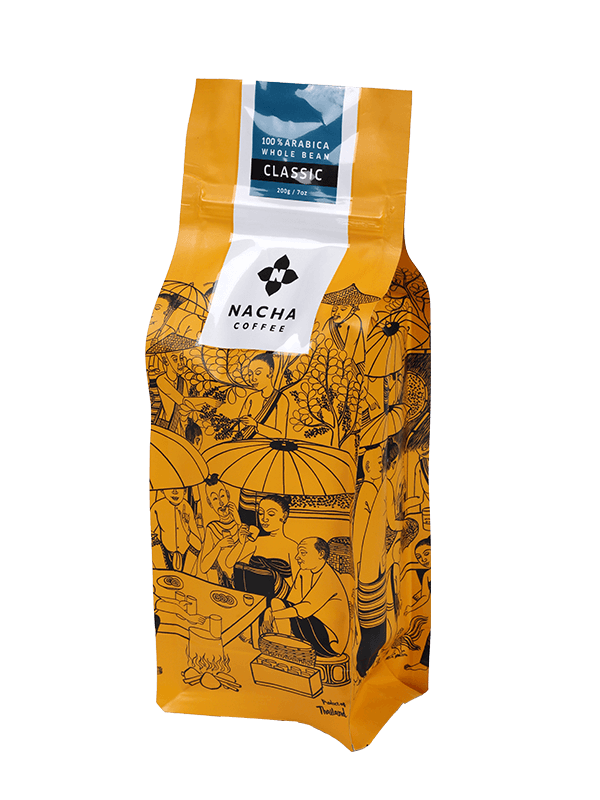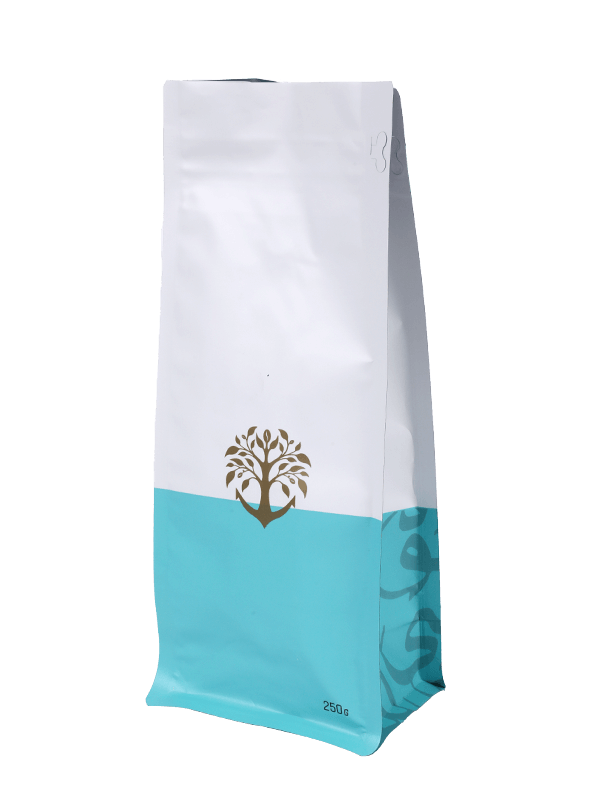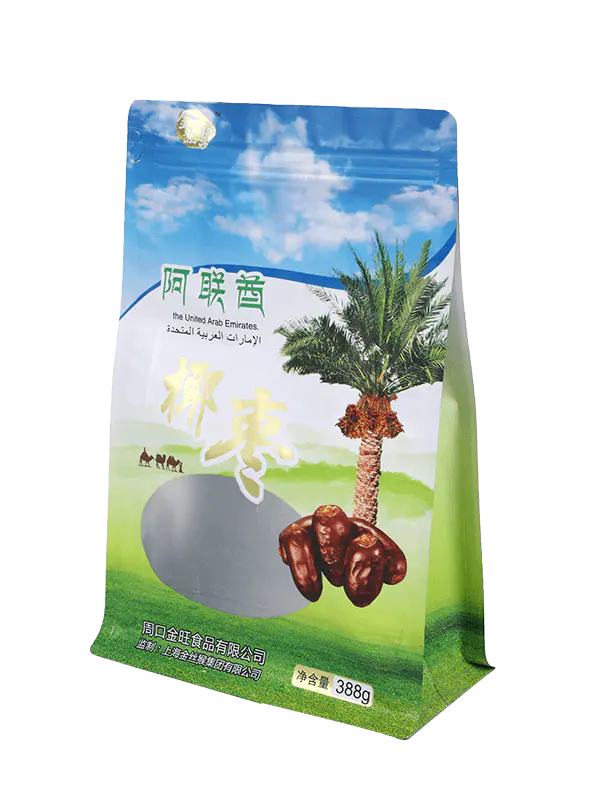How Handicraft Plastic Packing Bags Preserve the Quality of your Artwork?
Date:25-10-2023
Crafts are the essence of human creativity and skill, representing unique cultural, historical, and aesthetic values. Protecting the quality of handicrafts is paramount to preserve these precious works. Handicraft Plastic Packing Bags are commonly used tools that can effectively aid in maintaining and safeguarding these precious artworks.
First and foremost, selecting high-quality packaging bags that are suitable for handicrafts is of utmost importance. These bags are typically crafted from durable materials like polyethylene (PE) or polypropylene (PP), known for their tear resistance, moisture resilience, and light protection properties. It is imperative that these bags do not contain acidic substances to avoid any potential chemical reactions with the handicrafts.
Handicrafts often face the threat of humid environments, making moisture resistance a crucial feature for packaging bags. Before placing the artwork into the bag, it is essential to ensure that it is completely dry. Then, it can be securely enclosed in a waterproof bag. The tight seal of the bag is essential to prevent any moisture from seeping in. The presence of moisture can lead to issues such as color fading, mold growth, or even deformation of the artwork, making it vital to take extra care to prevent such occurrences.
Light, particularly the harmful effects of ultraviolet (UV) rays, poses a potential threat to many handicrafts. Consequently, it is crucial to opt for packaging bags equipped with UV barrier features to reduce the risk of color fading. Furthermore, handicrafts should be stored in a dark location, avoiding prolonged exposure to direct sunlight.
Additionally, packaging bags serve as effective barriers against dust and dirt, safeguarding handicrafts from potential damage. Before placing the handicrafts within the bag, thorough cleaning of the items is essential to ensure there are no visible contaminants or impurities present on the artwork.
Furthermore, selecting a packaging bag of an appropriate size is essential to prevent squeezing or bending of the artwork. In the case of delicate handicrafts or those with protruding elements, the inclusion of bubble wrap or similar fillers within the packaging can provide an added layer of protection.
To conclude, a thoughtful touch is to include essential information about the handicraft on the packaging bag. This can encompass details such as the name of the artwork, the name of the author, the creation date, and more. This information not only contributes to maintaining a historical record of the handicraft but also provides valuable reference points for future preservation efforts.
When utilizing plastic packaging bags for handicrafts, it is vital to conduct regular checks of their condition and promptly replace any bags that are damaged or have lost their effectiveness. Diligent packaging and maintenance measures play a crucial role in protecting the quality and value of handicrafts, ensuring their endurance for future generations to appreciate and draw inspiration from.

 English
English 中文简体
中文简体 Español
Español



















